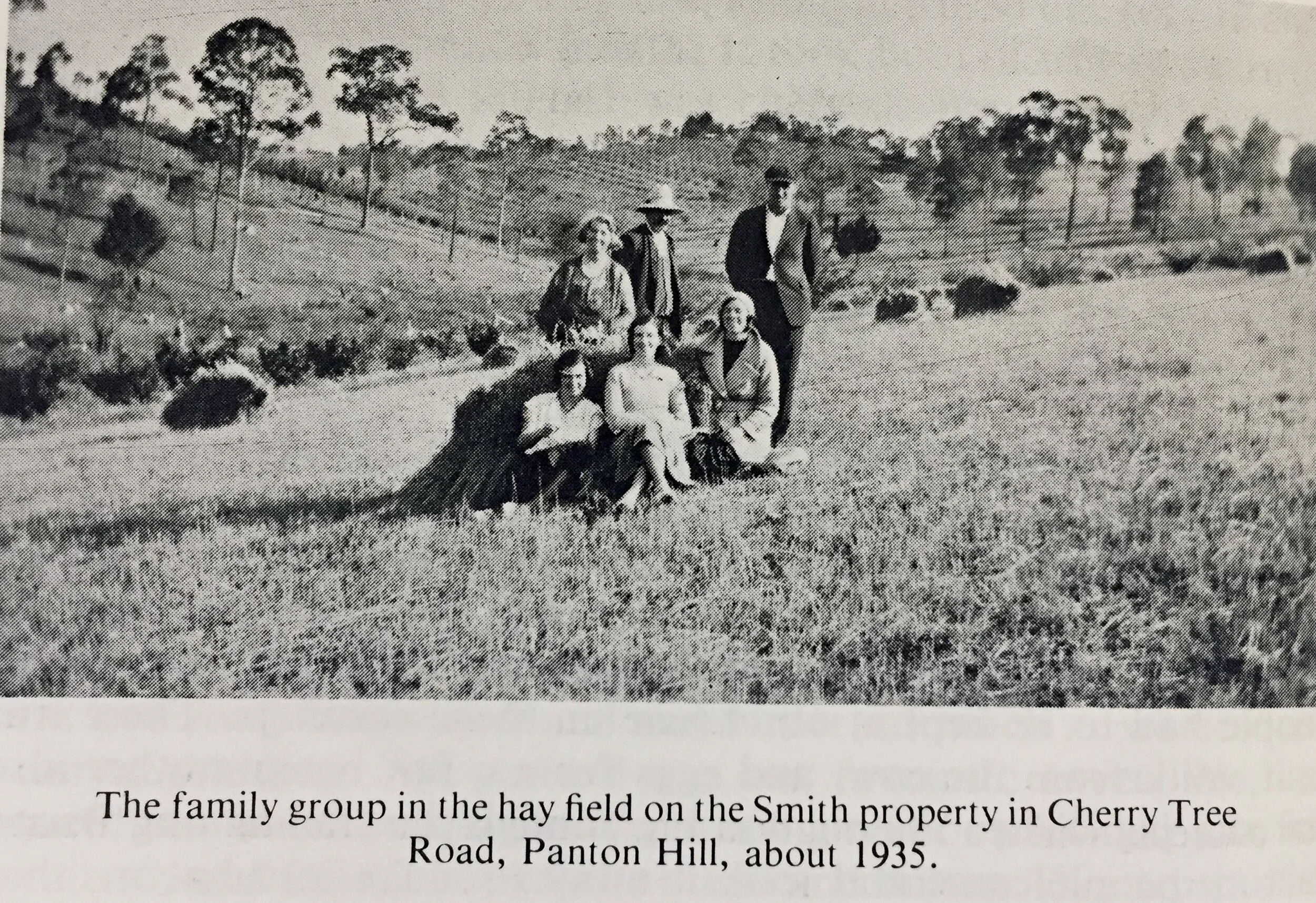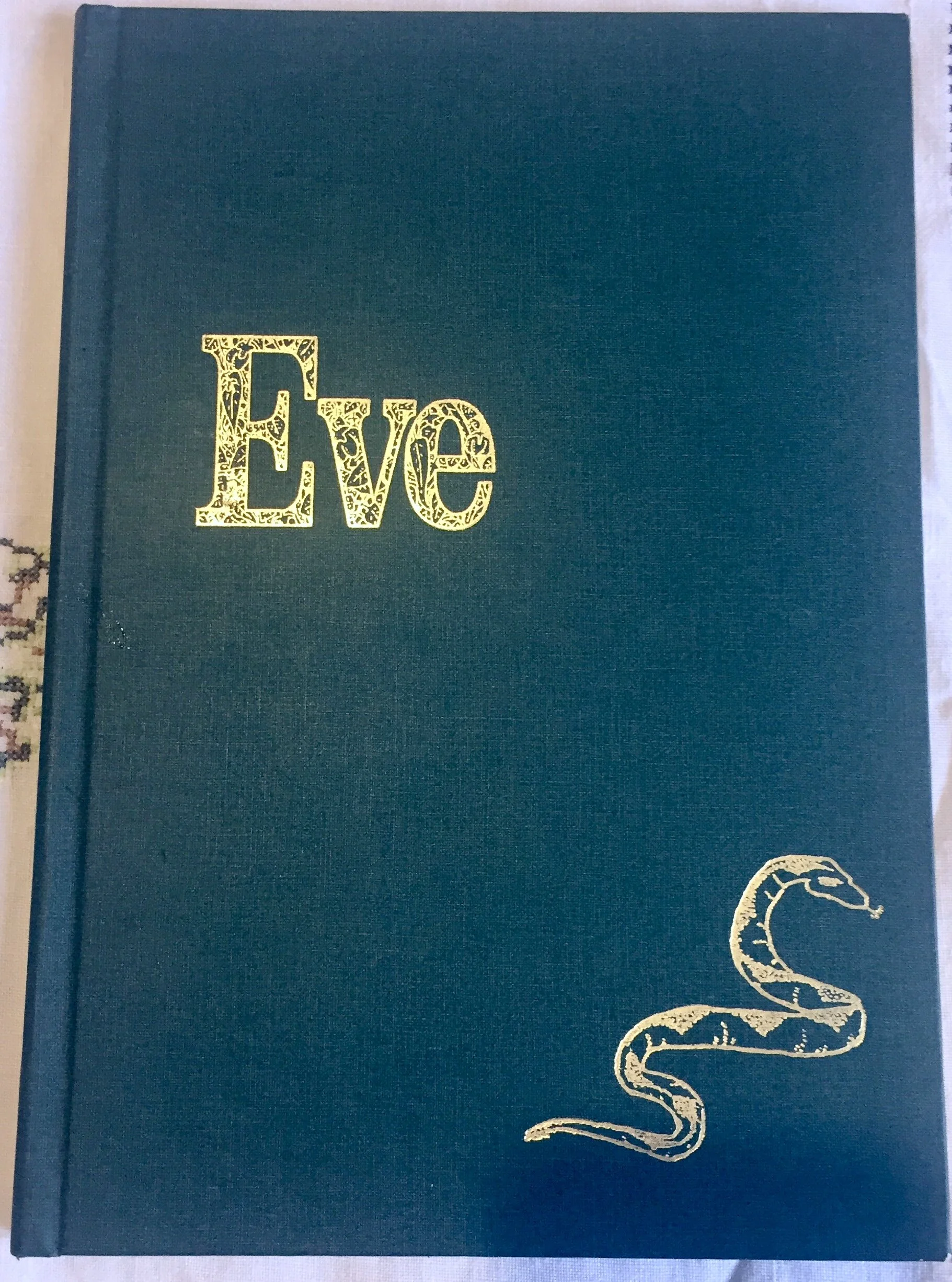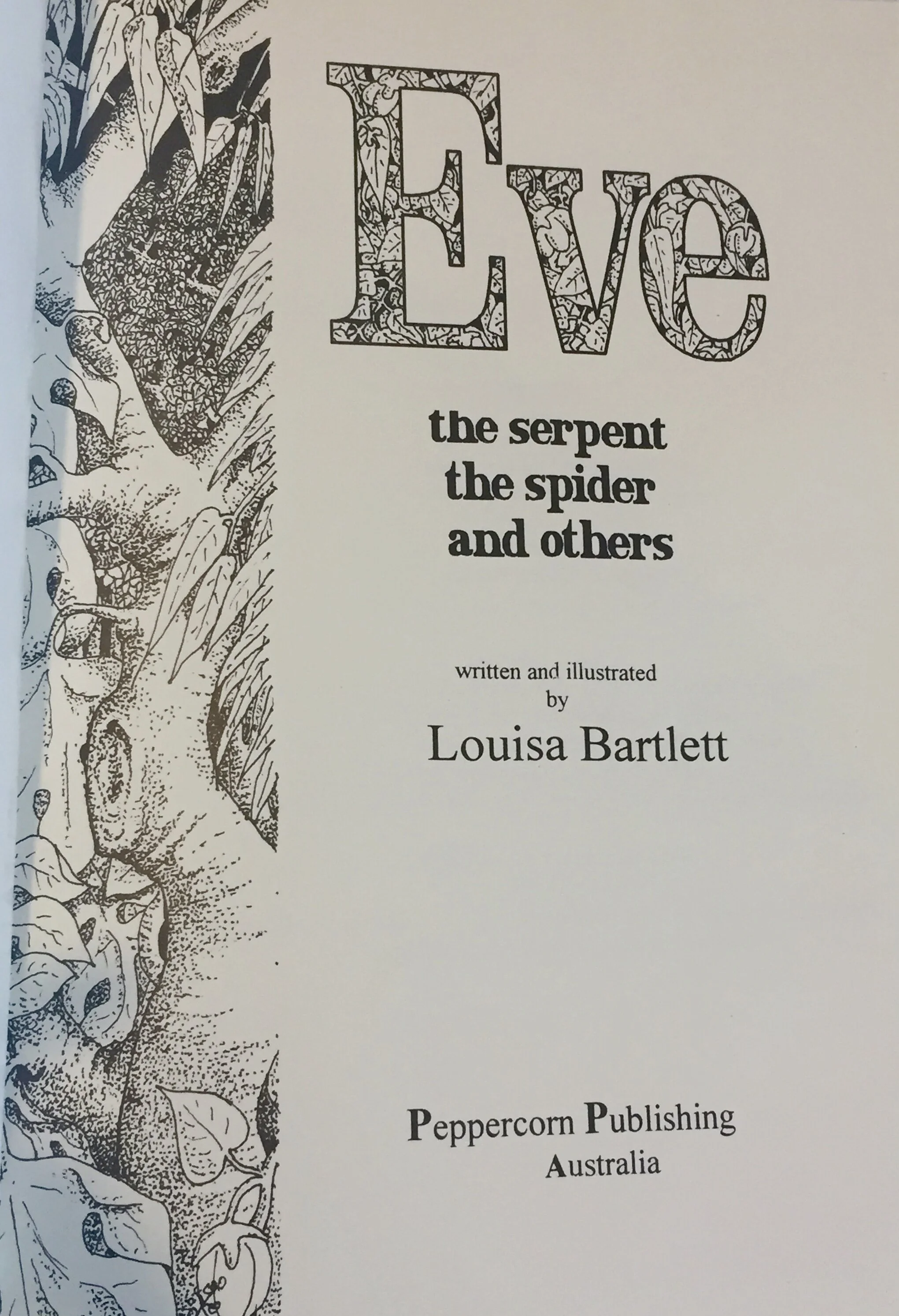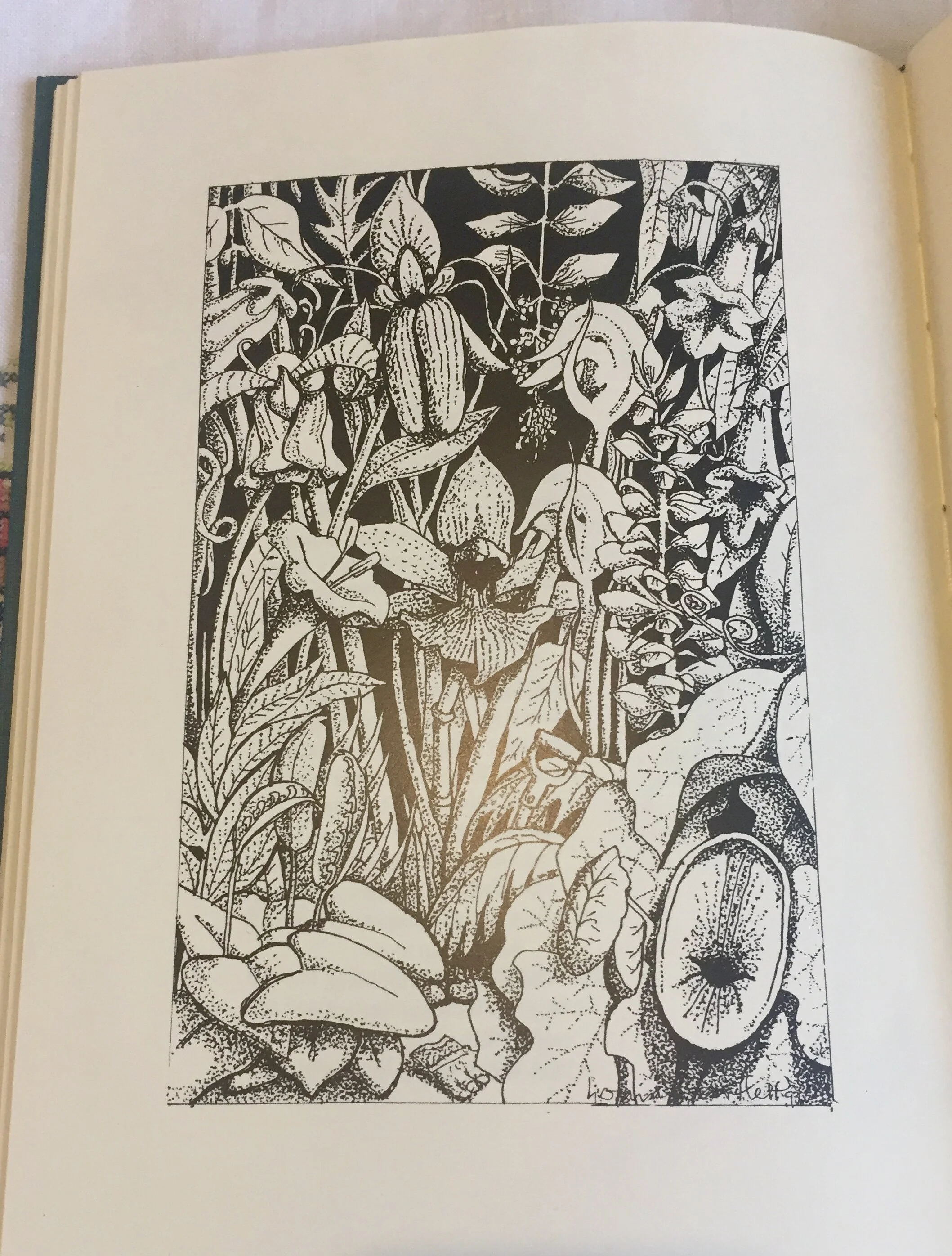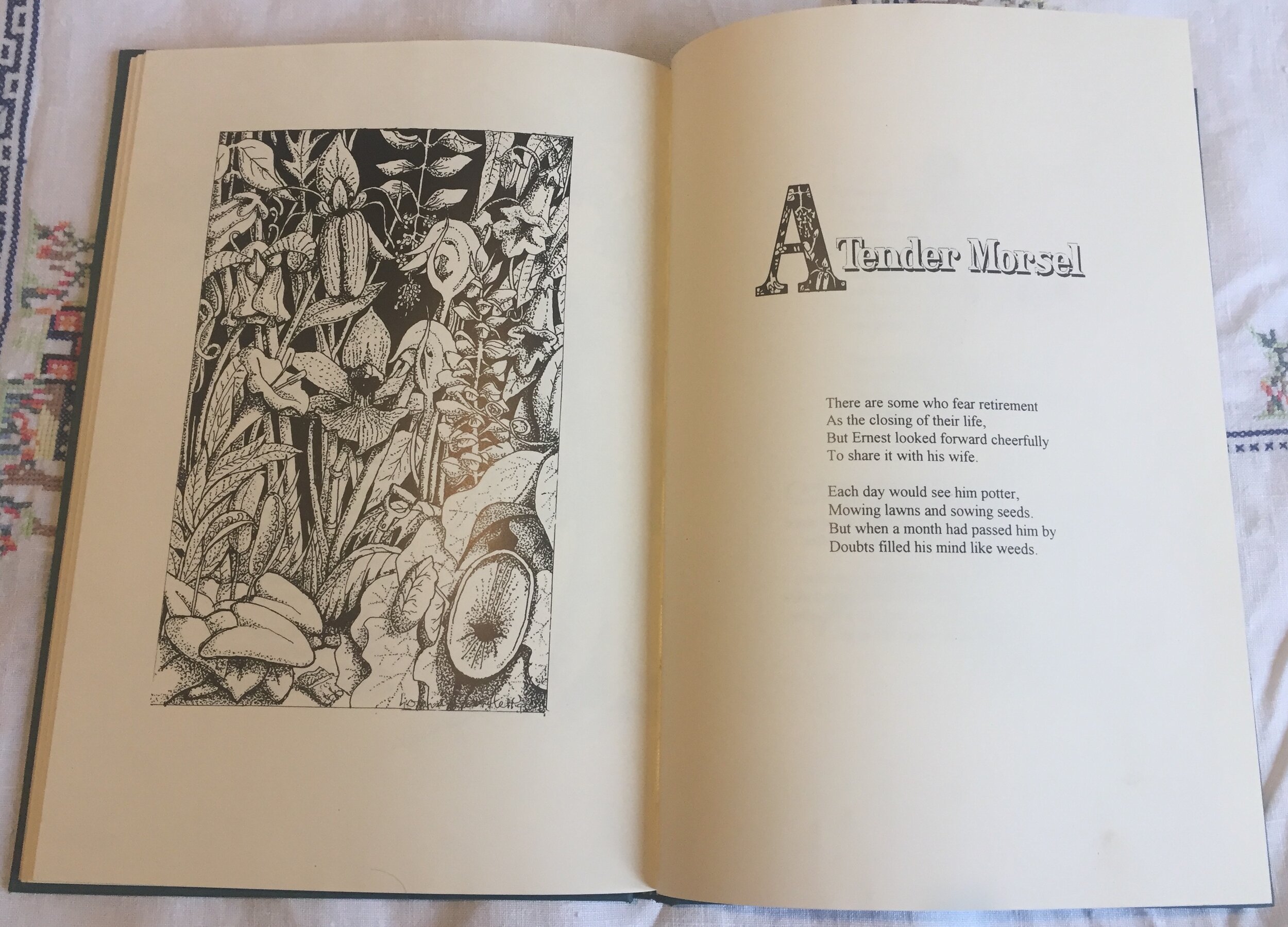The way dreams roll out images, feelings, experiences for us to relate to is curious to me. Invisible Cities is a series of paintings that explore mapping dreams. The trigger for these paintings occurred during meditation whilst listening to the sounds of the Tibetan Gyuto Monks - FreedomChants from the Roof of the World, and I began to revisit dreams. From there I began to work with the process of meditating to access dreams, and then captured physical orientation of the dream scapes in my mind ready to paint. Whilst painting I also revisited the dreams. At the time it simply felt vital.
This year I stumbled across the book Dream Yoga: Illuminating Your Life Through Lucid Dreaming and the Tibetan Yogas of Sleep, by Andrew Holecek. This book is helping make some important links in understanding the value of lucid dreaming, and how to work on transcending the mind to live more consciously.
So far I have had some success with evoking lucid nightmares ! …a stage of facing fears and challenging these fears. To talk more about this here could lead to creating the perception that I have lost the plot, so will just say that this is simply a way of exploring the nature of the mind and its role in nature by awakening to our dreams.
During the first months of Covid 19, I attended the online call to Prayer, Meditations held by Tibet House in Dharamshala India. The meditations were accompanied by teachings and focus on relieving suffering. This is something I value highly.








